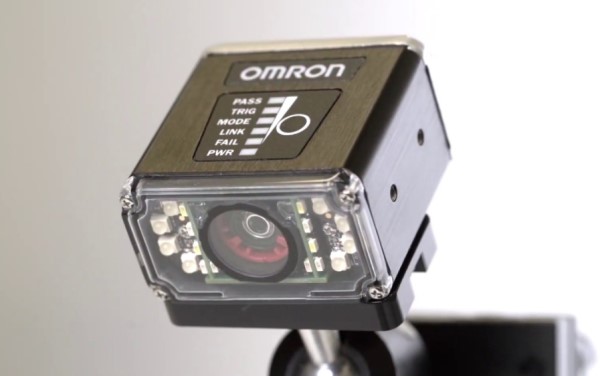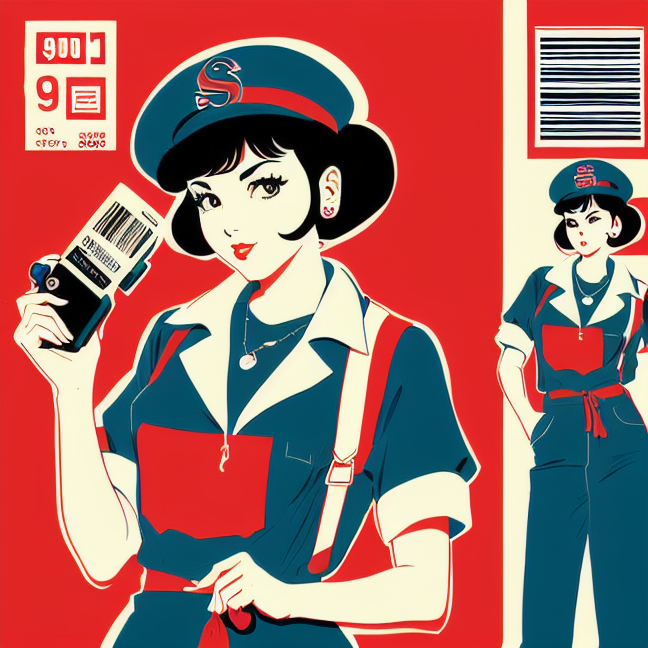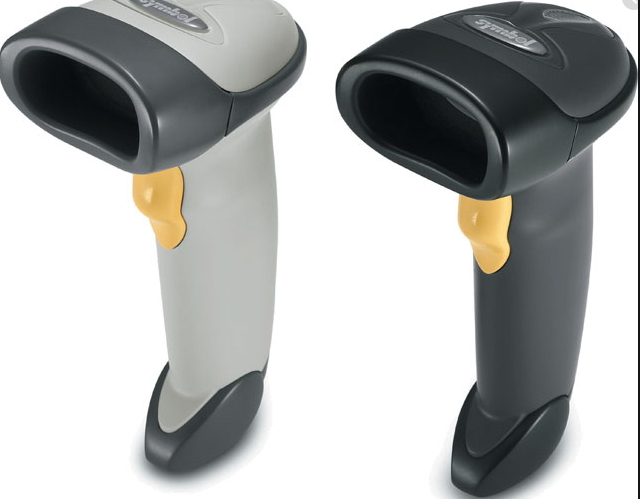The changing world of barcode scanners

Barcode scanners today are incredible in speed and accuracy. On average, we calculate that manually entered data has a 1% error rate. Barcode scanning cuts that down to 1 error in 10 million scans! This translates to massive time and money savings for retailers.
But did you know your old barcode scanner could be costing you customers?
In this guide, I will discuss the pros and cons of the existing CCD and laser scanners vs. the newer camera scanners, which will soon be available in bulk, so you can make the best choice for your store's needs.
Before I start, I should say that the camera scanners are really CCD scanners on steroids. They are like giving an old CCD scanner a superhero upgrade! They can read virtually any barcode, no matter how blurry or beaten up, and even scan stuff right off a phone.
The Barcode Scanner Basics
Let's start with the two main existing categories:
-
Tried-and-True: Laser and CCD Scanners These have been around for ages, and with good reason. They're specialised tools that excel in certain areas:
-
Laser Scanners
- Lightning-fast, super accurate, and can handle even crummy barcodes.
- Many models scan from a distance, which is great for heavy items.
-
CCD Scanners
- They're more budget-friendly
- Generally better than laser scanners for close-up scanning of good-quality barcodes.
- They often have trouble reading damaged labels or wet items like a Coca-Cola bottle directly from the fridge.
-
Since they're both small, they are great for stores with limited counter space.
Most have trouble reading barcodes on phone screens,
They are designed to work with the basic 1D barcodes. Soon, we are expecting that some products will switch from 1D barcodes to more complex barcodes. When this happens in bulk will be when the problems come.
-
Camera-Based Scanners
- These can read virtually any barcode (1D, 2D, QR codes, etc.) easily
- Scanning from phone screens is good.
- Can be used with self-checkout, mobile coupons, and inventory checks with a simple photo snap.
- Higher upfront cost
- Often slower
- Often have issues in low-light situations
- Need more training to get used to them.
- It's still pretty experimental; most shops that use them only use them for some types of scanning.
Scanner Showdown: Which Model is Right for You?
Here is my breakdown to help you decide:
- Volume is King: If you have a busy store, laser is the fastest.
- Going Digital: Want customers to use mobile coupons, streamline returns, or consider self-checkout? Camera-based is the only way to unlock these customer-pleasing features.
- Budget Matters: Tight on budget? CCD is the cheapest way to go.
- The future: Camera-based tech, as it keeps evolving, will replace CCD and laser, but not anytime soon.
- Omnichannel or Not: Camera scanners can now do everything, while CCD and laser scanners generally cannot.
The Bottom Line: It's All About Your Needs
Only get camera scanners if you have a need that CCD and lasers cannot do.
Chat with us, your point-of-sale (POS) provider, and we can tailor a solution just for you!
Ready to take your small business to the next level? Ask us for the best scanner options for your shop – your customers (and your bottom line!) will thank you.




